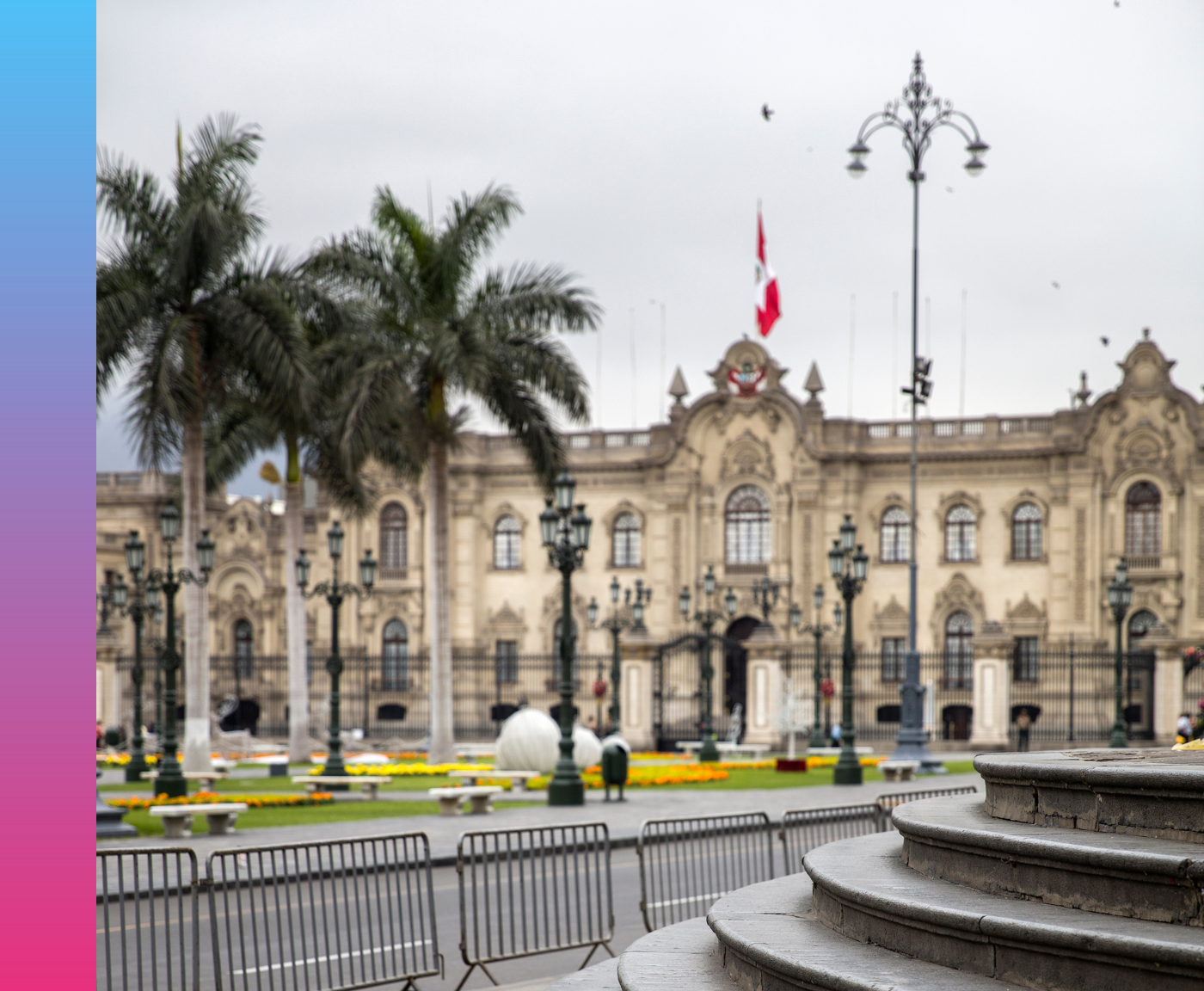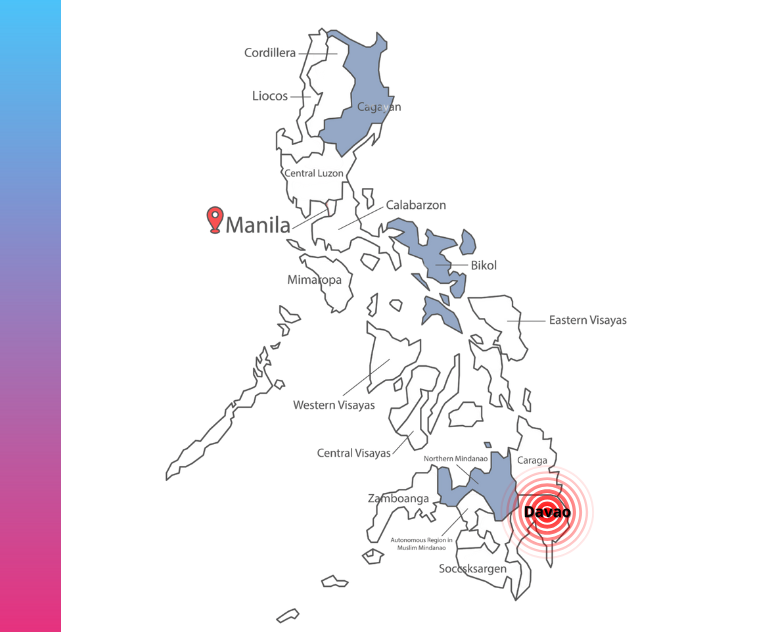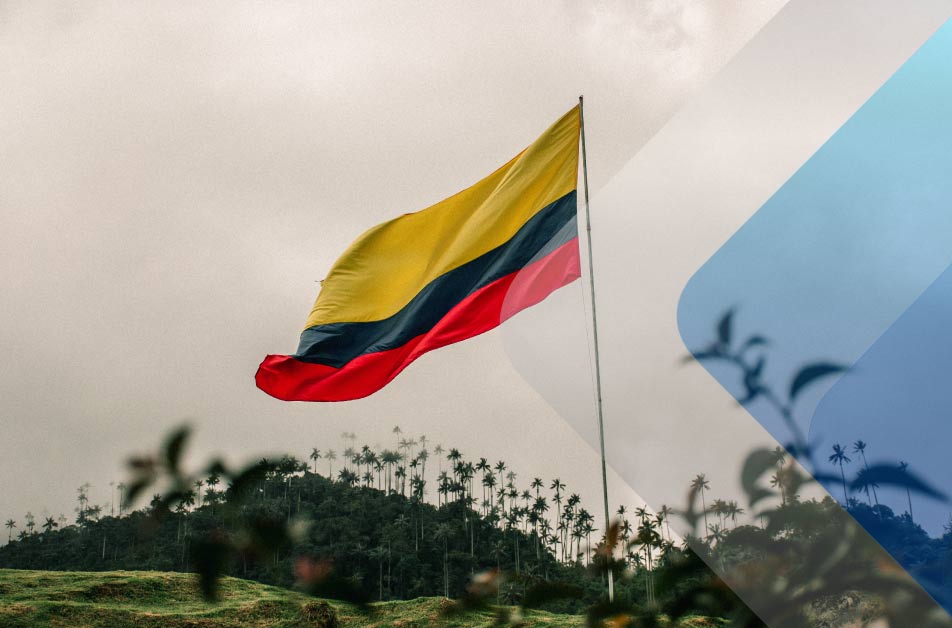Table of Contents
1. Context: Peru Faces Another Leadership Change
Peru’s Congress has approved the vacancy of President Dina Boluarte on grounds of “moral incapacity,” following weeks of political debate and declining approval ratings.
The decision marks another significant moment in Peru’s political landscape, with the President of Congress, José Jerí, now assuming office as interim president until general elections in 2026.
While Peru’s institutions remain operational, this transition could shift economic priorities, market confidence, and regulatory focus, directly affecting companies doing business in Peru or employing Peruvian talent.
2. What the Presidential Vacancy Means for Businesses
Under the Peruvian Constitution, the vacancia presidencial (presidential vacancy) is a legal mechanism that allows Congress to remove a president if deemed “morally incapable.”
Although this process is legitimate, it has raised investor uncertainty and institutional fragility, leading to cautious approaches from both local and foreign businesses.
Still, Peru’s economy has often shown resilience in the face of political turbulence, supported by prudent macroeconomic management, a strong Central Bank, and robust export sectors such as mining and agriculture.
For employers, this political scenario translates into:
- Temporary instability in policy direction, especially regarding economic and labor reforms.
- Potential changes in government programs or enforcement priorities, including social and labor inspections.
- Delays in public administration, licensing, or regulatory procedures that may affect hiring or operations.
3. Market Reaction: Currency Volatility and Investor Caution
Following Boluarte’s removal, the Peruvian sol opened at S/3.4274 per U.S. dollar but quickly depreciated to S/3.4412, marking a 0.41 % drop within hours.
At the same time, the Lima Stock Exchange fell 0.53 %, reflecting investor unease after the sudden transition of power.
Analysts attribute this volatility to a surge in risk aversion and demand for safe-haven assets, typical during institutional uncertainty.
Felipe Mendoza, Analyst at ATFX Latam, noted: “If the new cabinet maintains a moderate tone and signals fiscal stability, the impact could ease; however, any sign of institutional rupture or policy reversal could push the exchange rate back toward S/3.46–S/3.48.”
Despite this turbulence, macroeconomic indicators remain relatively strong.
The Central Reserve Bank of Peru (BCRP) reported a US $2.57 billion trade surplus in August, export growth of 11.8 % year-on-year, and inflation within the 1 %–3 % target range.
Led by Julio Velarde, the BCRP plays a crucial role in stabilizing markets through timely interventions to prevent disorderly exchange-rate movements.
Velarde is widely recognized across Latin America and globally for maintaining the sol’s stability against the U.S. dollar and preserving Peru’s macroeconomic strength despite recurring political changes.
His consistent and prudent monetary policy has been a key factor in keeping inflation within target and sustaining investor confidence during uncertain times.
While the dollar’s increase reflects short-term uncertainty, Peru’s long-term fundamentals, including sound monetary policy and strong external accounts, continue to support resilience.
However, analysts warn that sustained political fragility could eventually erode confidence if reforms stall.
4. Labor and Business Implications: Monitoring an Evolving Situation
As of now, no new labor regulations have been announced, but the situation remains fluid and developing daily.
Employers with operations or remote employees in Peru should closely monitor how the government transition unfolds and anticipate short-term disruptions linked to social or political mobilizations.
Key considerations for employers:
| Area | Observed or Potential Impact | Recommendations |
| Labor inspections | Temporary increase in Sunafil audits or oversight as authorities seek to reinforce control. | Ensure contracts, payroll, and safety policies comply with local norms. |
| Employee attendance & logistics | Road blockages or protests may affect transportation and on-site operations in certain regions. | Allow remote work where possible; maintain communication with staff. |
| Payroll & benefits | Currency fluctuations may alter payroll costs, especially for USD-linked contracts. | Review payment schedules and hedge against exchange-rate risk. |
| Operational continuity | Short-term closures or reduced hours may occur if demonstrations intensify. | Prepare contingency plans for essential services and client deliverables. |
Authorities have reported sporadic protests and localized strikes, particularly from unions and social groups reacting to recent political events.
Although not widespread, these actions could disrupt mobility, supply chains, or public services, especially in major urban centers like Lima and Arequipa.
For global employers managing Peruvian teams, this should be treated as an ongoing situation requiring flexibility, clear communication, and attention to employee safety.
5. How Employers Can Act Responsibly
To ensure compliance and stability during this period:
- Monitor official government communications from Congress, the Ministry of Labor, and Sunafil.
- Conduct a compliance review of contracts, payroll, and worker classifications.
- Provide flexible work arrangements if mobility issues arise due to protests or transportation limits.
- Engage HR and legal partners for local insight on emerging regulations or guidance.
- Communicate proactively with employees and clients about any operational changes.
6. Serviap Global’s Perspective
At Serviap Global, we help international companies hire, manage, and pay employees across Latin America, including Peru, with full compliance and local expertise.
Our teams track regulatory and labor developments in real time, ensuring clients can adapt quickly and protect their operations, even in periods of political transition.
Whether your organization already employs staff in Peru or plans to expand there, understanding the evolving local context is essential to maintaining trust, compliance, and business continuity.
7. Looking Ahead: Stability Through Preparedness
Peru’s recent presidential vacancy and the appointment of interim president José Jerí underline how quickly political change can impact markets and workplaces.
Yet the country’s record also shows that sound monetary policy and institutional independence — particularly under the leadership of Julio Velarde at the BCRP — have consistently anchored stability in uncertain times.
For global employers, the key takeaway is clear:
Stay informed, remain compliant, and plan ahead.
Political uncertainty may continue, but preparedness allows companies to protect their people and maintain operations responsibly.
Need help managing compliance and HR operations in Peru and across Latin America?
Learn how Serviap Global supports global companies with local expertise. Explore our EOR and HR solutions





























